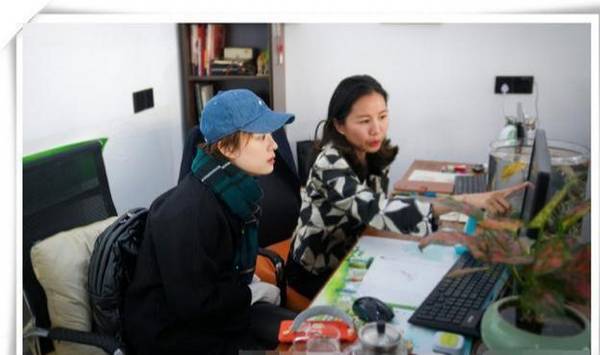一、复数
1.一般情况,直接加-s,如:book-books,%20bag-bags,%20
cat-cats, bed-beds
2.以s. x. sh. ch结尾,加-es,如:bus-buses, box-boxes, brush-brushes, watch-watches
3.以“辅音字母+y”结尾,变y为i, 再加-es,如:family-families, strawberry-strawberries
4.以“f或fe”结尾,变f或fe为v, 再加-es,如:knife-knives
5.不规则名词复数:
man-men, woman-women, policeman-policemen, policewoman-policewomen, mouse-mice
child-children, foot-feet, tooth-teeth, fish-fish, people-people, Chinese-Chinese, Japanese-Japanese
不可数名词的复数就是原型:paper, juice, water, milk, rice, tea
二、名词的格式
(1)有生命的东西的名词所有格:
a)单数后加 ’s 如: Lucy’s ruler my father’s shirt
b)以s 结尾的复数名词后加 ’如: his friends’bags
c)不以s 结尾的复数后加 ’s children’s shoes
l并列名词中,如果把 ’s加在最后一个名词后,表示共有, 如:
Tom and Mike’s car 汤姆和迈克共有的小汽车
l要表示所有物不是共有的,应分别在并列名词后加’s
Tom’s and Mike’s cars 汤姆和麦克各自的小汽车
(2)表示无生命东西的名词通常用“of +名词”来表示所有关系:如:a picture of the classroom a map of China
(情态)动词can,must, should 后面直接用动词原形。
eg:
1. I / He / She / They can sing.
2.You should keep quiet in the library.
四种简单时态:
一般现在时:I play football.
一般将来时:be going to…/…will …句型: I am going to go to school.
(打算、将要) It will be windy in Beijing.
一般过去时:I bought you a book. We went to the park yesterday.
现在进行时:be+动词ing 句型:I am doing my homework.
特殊问句(问什么,答什么)
Do you …? ( Does he/she …? ) Yes, I do. / No, I don’t. ( Yes’he does. / No, he doesn’t. )
Have you got …? ( Has he got ? ) Yes, I have. / No, I haven’t. ( Yes’he has. / No, he hasn’t. )
Can you …? Yes, I can. / No, I can’t.
Is there a book? Yes, there is. / No, there isn’t.

![[阿卡索论坛]小猪小象绘本翻译](http://img.acadsocclub.com/data/attachment/forum/201808/18/105517nykry8reyzwyy04w.jpg)




